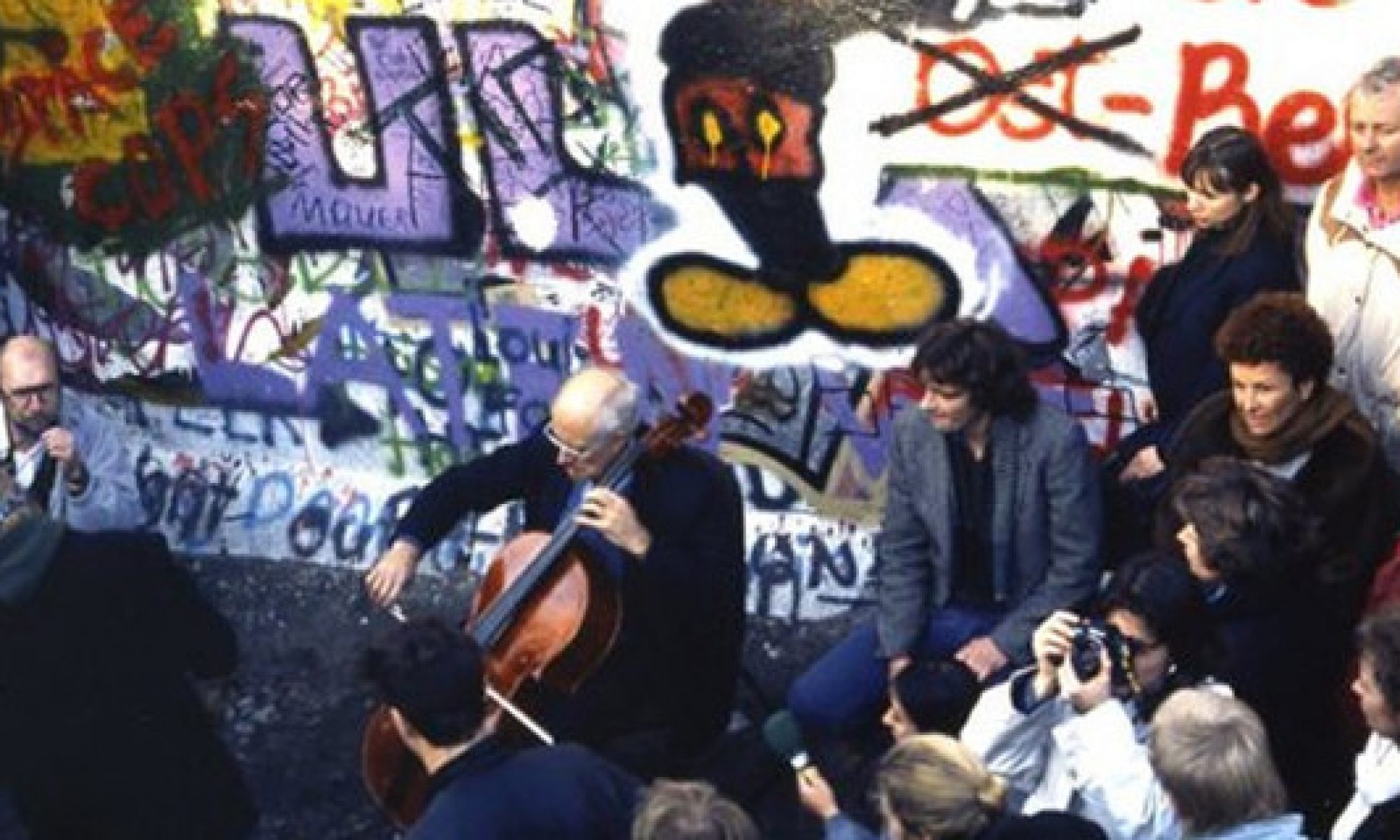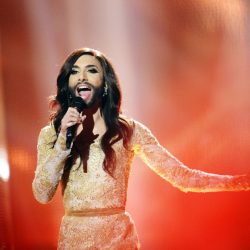Marissa Whitby
HIS 315
September 25, 2019
The movie stars two main characters Professor Immanuel Rath (Emil Jannings) who is a high well respected educator, and Lola Lola (Marlene Dietrich) a dancer at the local club named The Blue Angel. It is mainly set in two significant places, one being the professor’s classroom, and the other The Blue Angel. The movie’s plot intensified when the Professor Immanuel Rath (Emil Jannings) finds that his students, specifically Angst, has photos of a cabaret performer named Lola Lola (Marlene Dietrich). The Professor ends up going to this club to find his students and punish them, but instead he found the love of his life, Lola Lola. They both seem to have an interest in each other, which leads to them getting married. The Professor was fired from his job because he was associated with Lola Lola. This leads to a life of selling photos of Lola and and the Professor becoming part of the act.
1. Through the film, a specific clock is shown that sounds at these points during the film: 7:30, 32:28, 58:08, and 1hr 41 mins. What does this clock symbolize in this film?
2. In Tuesday’s class we read chapters five and six from Jelavich Peters scholarly book Berlin Cabaret. What elements from the book are depicted in the film?
3. In the film it shows two different clowns one in the beginning and one near the end, what do these clowns symbolize?
4. Throughout the film we see Lola performing in shows singing various songs. Specifically she sings two love songs about finding love, one in the beginning, and the other at the end. What do these songs show about Lola and her relationship with men?
5. In German culture in the time period of the film, blue did not have the connotation of “sad,” as we know it, instead it meant “dirty”. In the context of the film being called The Blue Angel, with Blue being dirty and Angel signifying Lola, what qualities of Lola does this describe?


Many elements from the chapters in Jelavich were depicted in this film relating to the artistry of the cabaret in Germany under the Weimar Republic. While the performances in the movie were far from the naked ballets detailed in chapter six, the lack of censorship offered women the freedom to perform, dance, and sing about topics in a way that may have been considered risque at the time. Despite the rising inflation and troubling times for the people of Germany, women became the primary voting block in the Weimar Republic and felt this freedom not only politically, but artistically. This artistic freedom is debatable though, as we have seen with such young children performing in the naked ballets and Lola herself uncomfortably approached by two men whom Rath referred to as “white slave traders.” Whether women performed out of their own desire to do so as can be seen in Lola’s apparent happiness while singing or to survive financially in the Weimar Republic, the assumptions of gender were strongly confronted as is highlighted in the chapters and The Blue Angel.
Lola as a character is very complex. She knows what she is doing, but she is still vulnerable as we can see when the Professor tells the sea captain to get out. She fits in at the Blue Angel because she is selling the idea of sexuality which has the connotation of being dirty, yet her voice is angelic. Lola also uses the Professor to her advantage and grows to resent him by the end. When the strongman is kissing her, she does not pull away and looks at the Professor who shows how pained he is by her actions. She knows that she is bringing him pain. Beforehand, she was kind to him after he kicked the sea captain out. She repeatedly called him sweet and excitedly accepted his proposal. When she realized she would not have the better social position of a professor’s wife because he got fired for marrying her, her attitude towards him changes.
I felt that this film was created to show how the cabaret, specifically semi-clad women, impacted society in a negative way. In the film Professor Immanuel Rath becomes so bewitched by Lola that his life begins to slowly deteriorate over the span of the movie until he finally goes mad. The Professor was a smart man with a reliable job, but he gives all that up after he enters the club and sees Lola perform. In the readings for Tuesday, the author discusses how some people during the Weimar era believed that nudity in the cabarets would lead to a decline in social etiquette. This is shown in The Blue Angel in the form of the Professor as he literally has a decline in his social class. Furthermore, in the readings, there was the debate of art versus pornography, and I think in the film it leans more towards pornography or at least promiscuity. Lola is portrayed as a woman who very open with her body and feelings. She also cheats on Rath with another man. Her character is written as a shared woman, not as a dedicated dancer or performer.